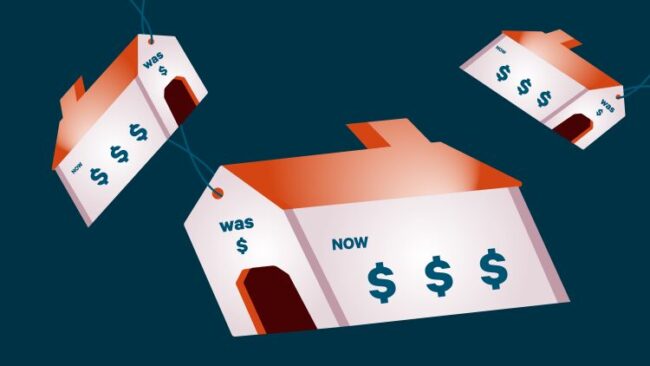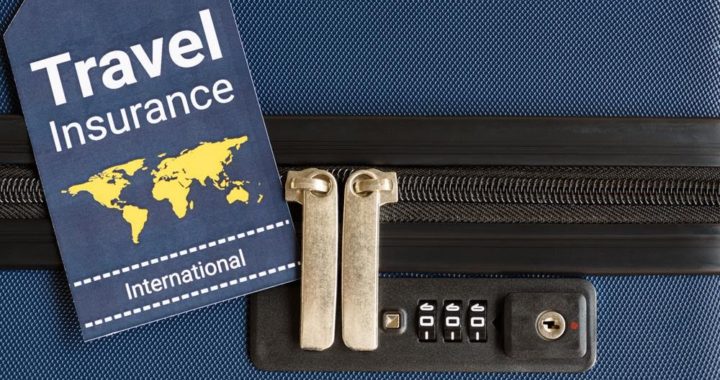How Much Does Home Insurance Cost for First-Time Homebuyers in Canada?

Source: policygenius.com
Navigating the cost of coverage can feel overwhelming for first-time buyers. Many factors shape the price, from the property’s location to the type of coverage you choose. This guide will help you estimate costs and understand the essentials so you can make an informed decision.
Key Points:
- Costs depend on the type of coverage and location.
- Home age and construction affect pricing.
- Discounts are available for security upgrades.
- Shopping around helps find better rates.
- Coverage requirements vary by province.
What Affects the Cost?

The cost of coverage is not one-size-fits-all. Many factors influence the price you pay. The property’s location, size, and condition play a major role. Urban areas tend to have higher premiums due to increased risks like theft or natural disasters. Conversely, rural locations often have lower rates.
Another key factor is the property’s age and construction. Older buildings might have outdated wiring, plumbing, or roofs, which pose greater risks for insurers. These risks often lead to higher premiums. If you’re moving into an older property, consider renovating critical areas to potentially reduce costs. Learn more about what impacts rates by visiting Erie Mutual’s guide.
Average Costs for First-Time Buyers
Premiums vary significantly based on the province where you’re buying. Here’s a general breakdown to help you estimate:
- Ontario: The average yearly premium is approximately $1,200. However, rates can be higher in cities like Toronto, where property values and risks are elevated.
- British Columbia: Annual costs may exceed $1,500, especially in regions prone to wildfires or earthquakes.
- Quebec: Typically one of the more affordable provinces, with average yearly costs starting around $800.
- Atlantic Provinces: Homeowners here pay around $900 per year, though rates vary depending on proximity to the coastline.
Properties in high-risk areas, such as flood zones, often come with significantly higher premiums. On the other hand, newer homes with modern safety features may qualify for discounts, lowering costs.
How Can You Lower Your Premium?
Reducing your coverage cost is possible with some smart strategies. Making small adjustments to your property and policy can lead to noticeable savings. Here are a few ways to cut down costs:
- Bundle Policies: Combining your coverage with auto or life policies often results in discounts. Providers reward loyalty, so bundling can lead to savings.
- Install Security Systems: Adding burglar alarms, smoke detectors, or surveillance cameras not only protects your property but may also lower premiums.
- Increase Deductibles: Opting for a higher deductible can reduce your monthly or yearly payments. Ensure you can afford the deductible in case of a claim.
- Ask About Discounts: Some providers offer special incentives for first-time buyers, seniors, or members of specific organizations.
- Maintain a Good Credit Score: A solid financial history signals reliability to insurers, potentially leading to lower rates.
Coverage Types to Consider

Choosing the right coverage is crucial. Different policies cater to different needs, so it’s essential to understand the options:
- Basic Coverage: This covers specific risks, such as fire, theft, or vandalism. It’s often the most affordable option, but it comes with limited protection.
- Comprehensive Policies: This is a more extensive option, covering a wide range of risks, including personal liability and property damage. Although costlier, it provides greater peace of mind.
- Named Perils: This lets you select specific risks to cover, such as floods or earthquakes, making it a customizable and cost-effective option.
When deciding, balance affordability with the level of protection you need. Comprehensive policies may cost more but could save you money in the long run if an unexpected event occurs.
Steps to Get the Best Rate
Finding the best rate isn’t just about picking the cheapest option. A careful approach helps ensure you get good value and proper protection. Follow these steps to make informed decisions:
- Compare Providers: Request quotes from at least three different companies to find competitive rates.
- Understand Coverage Needs: Evaluate your property’s value and risks to avoid over-insuring or under-insuring.
- Check Reviews: Look for feedback about providers to gauge their customer service and reliability.
- Negotiate Rates: Don’t hesitate to ask insurers to match or beat a competitor’s price.
- Review Annually: Reassess your policy every year to ensure it aligns with your current situation.
Additional Tips for First-Time Buyers
Being a first-time buyer comes with its own set of challenges. Here are some tips to make the process smoother:
- Document Your Belongings: Create a detailed inventory of your possessions for easier claims in the future.
- Understand Policy Exclusions: Familiarize yourself with what your policy doesn’t cover, like certain natural disasters.
- Work With a Broker: An experienced broker can help you navigate the process and find policies tailored to your needs.
Final Thoughts
Costs depend on many factors, including location, property condition, and policy type. First-time buyers should take the time to research, ask questions, and compare options to find affordable and reliable protection. Simple steps, like bundling policies or installing safety features, can lead to significant savings over time.
By staying proactive and informed, you can secure coverage that fits your budget and needs while protecting your investment.

 5 Best Travel Wallet in 2023
5 Best Travel Wallet in 2023  How To Match Your Holiday With A Travel Insurance Policy 2023
How To Match Your Holiday With A Travel Insurance Policy 2023  A Complete Guide to Personalized Gift Ideas That Carry Real Thought and Value
A Complete Guide to Personalized Gift Ideas That Carry Real Thought and Value  Neuschwanstein Castle From Munich Day Trip Guide
Neuschwanstein Castle From Munich Day Trip Guide  Oxford ─ England’s City of Dreaming Spires
Oxford ─ England’s City of Dreaming Spires  Creative Gift Ideas for Anime Lovers and Collectors: Unique Picks You Will Adore
Creative Gift Ideas for Anime Lovers and Collectors: Unique Picks You Will Adore